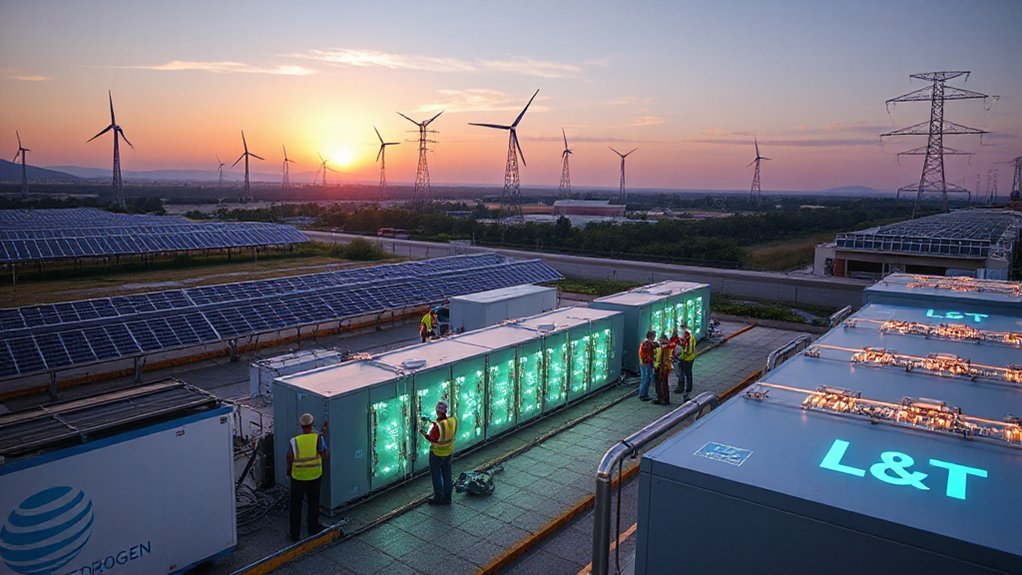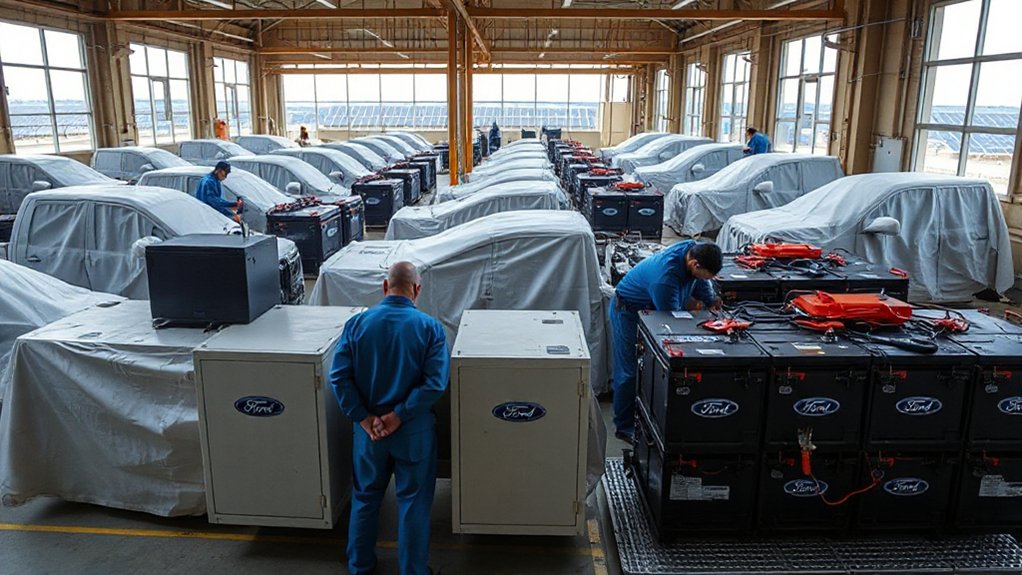While many climate activists push for rapid, sweeping changes to address global warming, Bill Gates has carved out a different path. The billionaire philanthropist has repeatedly challenged the singular focus on renewable energy sources like wind and solar, insisting they’re simply not enough. Instead, Gates promotes a more balanced approach through his various initiatives, including Breakthrough Energy Ventures and TerraPower.
His 2021 book, “How to Avoid a Climate Disaster,” lays out his vision in detail. Nuclear power? Absolutely necessary, according to Gates. Technological innovation? Can’t do without it. Government involvement? Bring it on. His message to activists screaming for immediate action is clear: slow down and think strategically.
Innovation, not panic, powers Gates’ climate strategy. Think nuclear, tech advances, and government cooperation—not just wind turbines.
But here’s where things get awkward. The same man lecturing about emissions reduction tools around frequently in a private jet. Yes, really. The carbon footprint hypocrisy is hard to ignore.
Gates isn’t blind to this contradiction. He’s implemented personal carbon offset strategies, purchasing green aviation fuel and investing in direct-air carbon removal technologies. Problem solved? Not according to his critics. With transportation contributing nearly one-quarter of global carbon emissions, his private jet usage undermines his climate credibility.
Despite the apparent disconnect between words and actions, Gates continues positioning himself as a pragmatic voice in climate discussions. He emphasizes that climate change presents threats far exceeding those of pandemics, potentially causing massive human suffering if left unchecked.
His approach centers on adaptation alongside mitigation. While activists demand immediate fossil fuel elimination, Gates suggests preparing for a warming world is equally important. Economic considerations matter too – public support for climate initiatives wanes when wallets are squeezed.
The Microsoft founder’s climate activism represents a calculated, business-minded approach. Gates has controversially compared renewable energy advocates to climate change deniers, suggesting both groups underestimate the complexity of the challenge. He collaborates with governments, funds innovative startups, and advocates for diverse energy solutions. His strategic shift from technology to environmental advocacy in 2015 marked a turning point in his philanthropic focus, recognizing climate change as an urgent global priority.
Is it working? The jury’s still out.
What’s clear is that Gates refuses to be silenced by traditional climate activists. He’s charting his own course – private jet contrails and all – believing technological innovation, not protest signs, will ultimately save us from climate disaster.
References
- https://press.farm/bill-gates-solution-to-climate-change/
- https://www.axios.com/2018/11/26/bill-gates-climate-change-alarm
- https://www.geekwire.com/2021/heres-bill-gates-not-help-fight-climate-change/
- https://abcnews.go.com/Business/wireStory/bill-gates-calls-climate-fight-shift-focus-curbing-126931541
- https://www.gatesnotes.com/my-climate-journey
- https://www.lowyinstitute.org/the-interpreter/climate-activism-bill-gates-answer
- https://english.elpais.com/usa/2021-02-19/bill-gates-climate-change-is-harder-to-solve-than-the-pandemic-but-the-negative-effects-are-much-greater.html
- https://time.com/5930098/bill-gates-climate-change/









